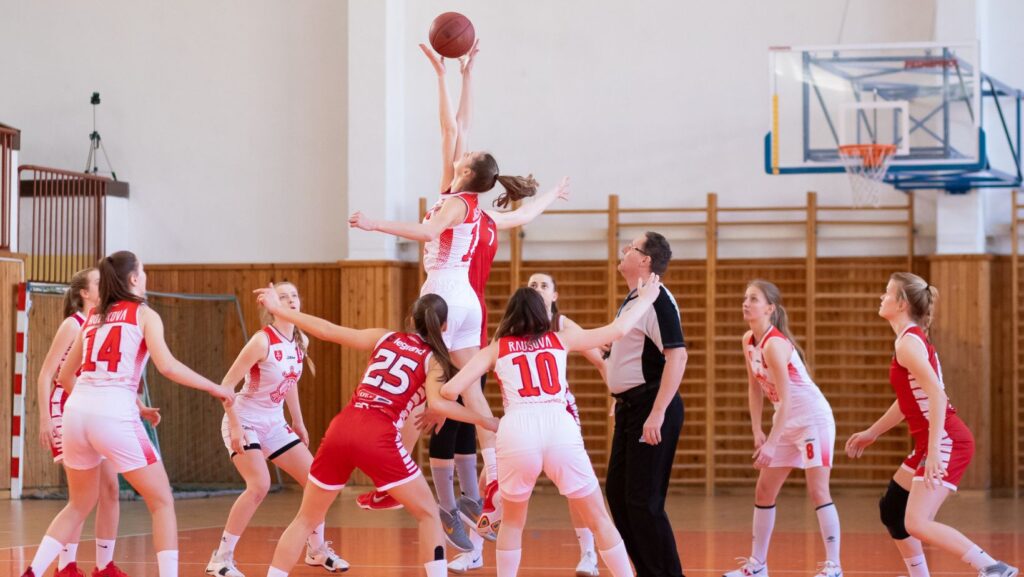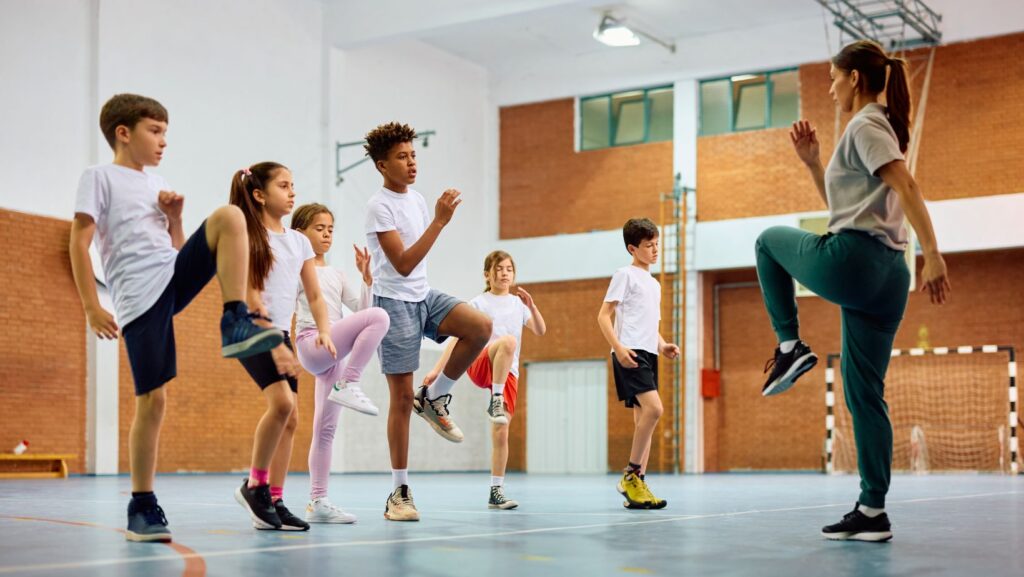Sports Equipment for Schools

Choosing the right sports equipment for schools isn’t just about picking the most popular brands or the latest gear. It’s about investing in the safety, health, and physical development of students. This article delves into the importance of quality sports equipment in educational institutions, exploring its role in fostering a culture of fitness, teamwork, and discipline.
From basketballs to hockey sticks, and from gym mats to athletic wear, the selection of sports equipment in schools can significantly impact students’ athletic performance and overall school experience. Read on to discover how to make informed decisions when equipping your school’s sports department, and why it’s a crucial aspect of student development.
Essential Sports Equipment for Schools
To foster a culture of fitness, teamwork, and discipline among students, schools need to invest in suitable and high-quality sports equipment. Below are some key categories and types of gear essential for running successful sports programs.
Indoor Sports Equipment

Indoor sports hold a prominent place in educational institutions. Here are some sets of equipment essential for indoor sports:
- Basketball Equipment: Notably, it includes basketballs and a basketball hoop. For additional safety, mats around the area are vital to prevent injuries.
- Volleyball Equipment: This consists of volleyballs, volleyball nets, and poles. Additionally, knee pads serve as an important protective measure for players.
- Gymnastics Equipment: This category involves balance beams, parallel bars, rings, and mats. Also, accessories like chalk and grip tapes enhance the performance level and safety in gymnastics.
- Table Tennis Equipment: Key items include table tennis balls, bats, and the table itself. Net and post sets become necessary tools for a complete setup.
Outdoor Sports Equipment
Outdoor sports promote physical activities and community among students. Here’s a list of the essential equipment
- Football Equipment: Essential items include footballs, goal nets, and corner flags.
- Basketball Equipment: Includes basketballs and a sturdy, outdoor hoop. Padding the pole can give extra safety to players.
- Baseball Equipment: This category includes baseballs, bats, bases, and gloves. Protective helmets and catcher’s gear are paramount for protecting players.
- Athletics Equipment: Indicates to sports like track and field events and cross-country running. Important gear involves starting blocks, javelins, discus, shot puts, and relay batons.
Ultimately, the selection of sports equipment in schools must be made thoughtfully, considering factors of safety, health, and physical development of students. Apart from serving athletic performance, these gears help shape the overall school experience of students. Investing prudently in quality sports equipment thus plays a pivotal role in student development.
Importance of Quality Sports Equipment in Education
Understanding the weight of quality sports equipment in education can prompt schools to prioritize the allocation of resources for this need. Good-quality equipment can revolutionize the learning landscape, substantially contributing to physical education and extracurricular activities. It tends to enhance athletic abilities while ensuring safety and promoting personal growth. Moreover, schools can also integrate creative tools like text to music applications into physical education programs, blending rhythm and movement activities to make learning even more engaging and dynamic for students.
Enhancing Physical Education
Quality sports equipment offers a roadmap to an improved physical education program. It cultivates motor skills, fosters physical fitness, and instills a sense of discipline among students. For instance, a well-made basketball promotes precise shooting and dribbling, while a durable gymnastics mat ensures a safer environment for students to perform the exercise. Quality equipment makes physical education more effective and fulfilling, building a strong foundation for fitness routines and nurturing an interest in sports.
Supporting Extracurricular Activities

High-quality equipment also draws its importance from its role in supporting extracurricular activities. Be it football, baseball, or track-and-field, each sport demands specific gear that, if of the right quality, optimizes the performance while keeping the potential injuries at bay. For example, a well-constructed football helmet can protect players from concussions, while a quality baseball glove can allow for better catch and throw. Thus, the role of quality sports gear intertwines with the fulfillment of extracurricular activities, providing safe and enjoyable experiences that go beyond the confines of the classroom.
Durability and Safety Considerations
When discussing durability, it’s paramount to underline the importance of high-quality materials. Equipment made with sturdy, rugged materials offers an extended lifespan and is resistant to wear and tear. For example, a basketball made with synthetic leather has increased resistance to rigorous play, compared to those made with rubber material.

